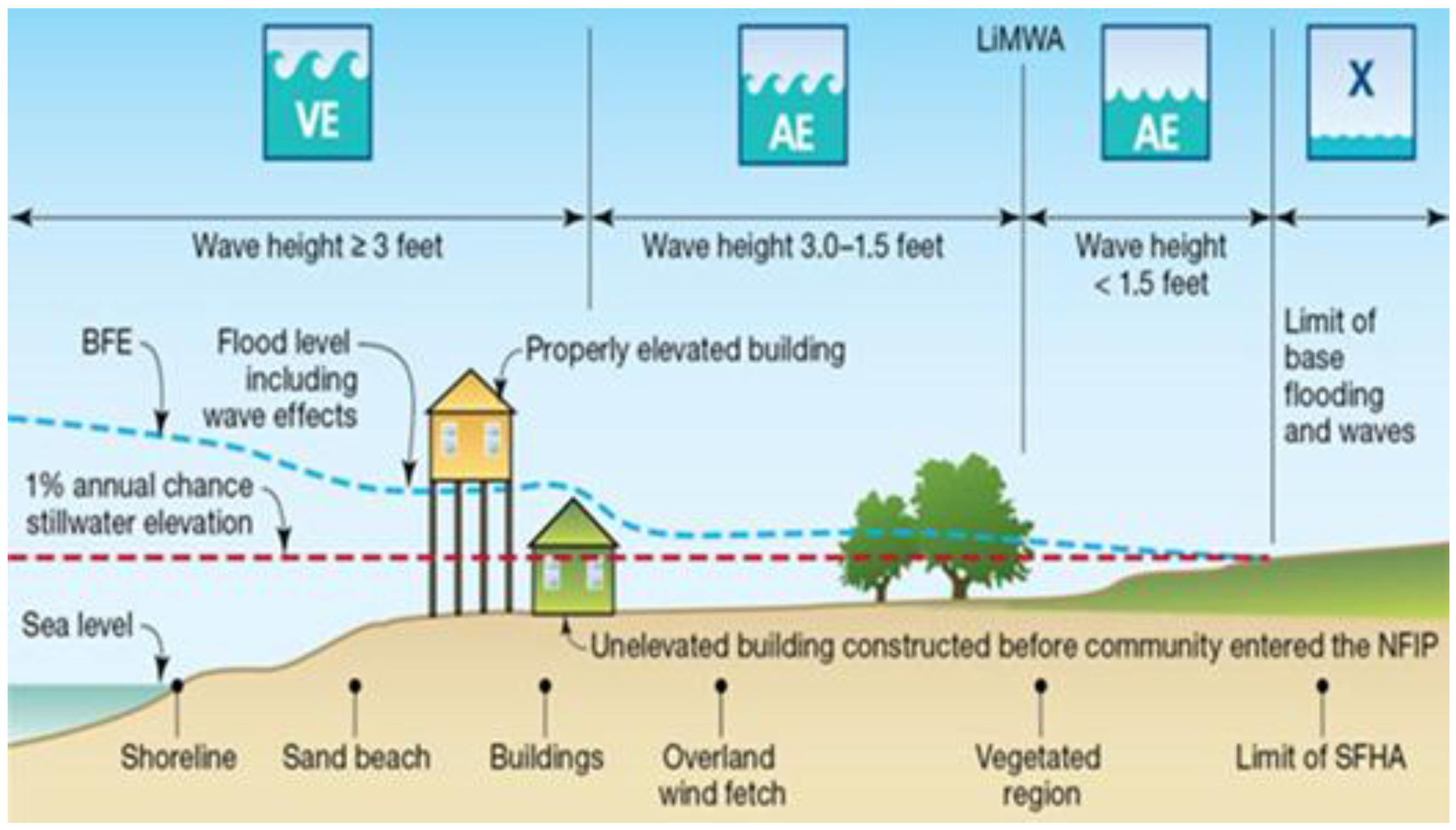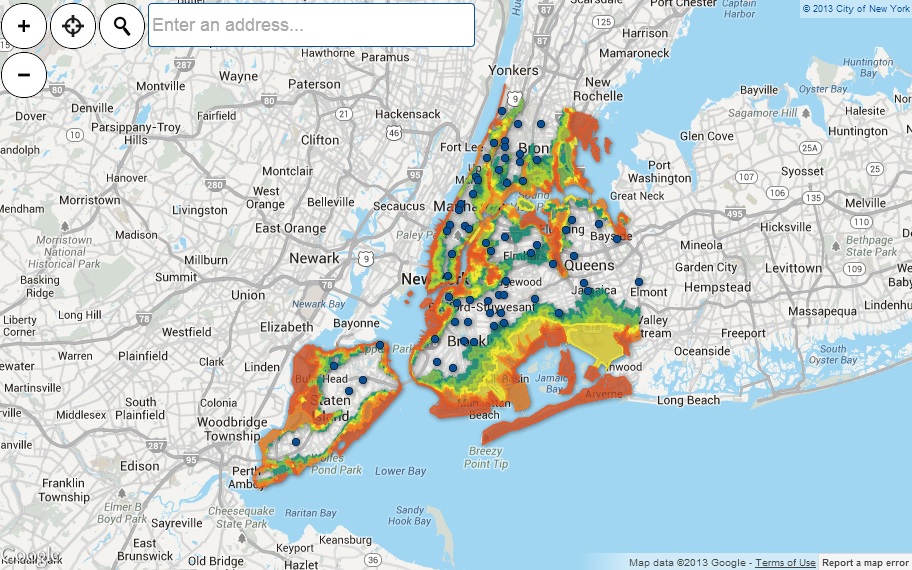
When considering whether or not to buy that dream ocean-front property that opens onto a sandy beach, it’s important to factor in the lot or home’s flood history, and whether or not it’s in an actual flood zone.

#Base flood elevation sea level how to#
But, if you’re trying to decide how to respond to flood events, it makes a big difference whether you’re thinking about temporary flooding or permanent inundation.” “I term that ‘coastal inundation’ as opposed to flooding,” he explains, “because most people’s idea of a flood is that there’s some abnormally high water that goes away and it’s dry again for a period of time. He says, “Long-term, the most significant coastal flooding will be caused by sea level rise, and it’s flooding that’s distinctly different from storm surge flooding, in that it’s permanent inundation, not temporary, and it’s virtually everywhere along the coast.” Jeff Peterson, one of the co-facilitators of the Coastal Flood Resilience Project, points out that storm surges are just one definition of coastal flooding, and they typically indicate a temporary rise in water levels. In the event of a significant storm, a surge causes water to collect and swell, and, when a hurricane reaches the shore, it results in flooding and inundation of areas that are otherwise typically above water. Inundation, or flooding, is a direct result of storm surges in coastal areas.Īccording to the National Oceanic and Atmospheric Administration (NOAA), hurricane season in the Atlantic region of the United States runs from June 1 until November 30 every year, with August through October marking the most severe threat of tropical storms and hurricanes. Reviewed / Getty Images / ussr / Vect0r0vich Here’s what to know before buying a house in an area prone to coastal flooding and rising sea levels. Understanding the risks of living in a flood zone is essential for anyone looking to buy an ocean-front property or a house in a coastal area, and there are several key things to consider during a house hunt.

They used to experience only two or three in the mid-20th century.

Coastal cities like Boston, Galveston, Texas, and New York City each experience more than 10 flood events per year, on average. Millions of Americans have already experienced property damage to ocean-front property and destruction as a result of rising waters, but as time goes on, more and more areas have become vulnerable to flooding and damage.Īcross the board, from the East Coast to the West Coast, the number of flood events that occur annually has increased, according to the Environmental Protection Agency. But, coastal flooding is also a concern that relates to rising sea levels that have been affected by climate change and global warming. For many Americans, when we hear terms like “coastal flooding” we tend to think of storm surges and the destruction caused by rising waters as a result of hurricanes.


 0 kommentar(er)
0 kommentar(er)
